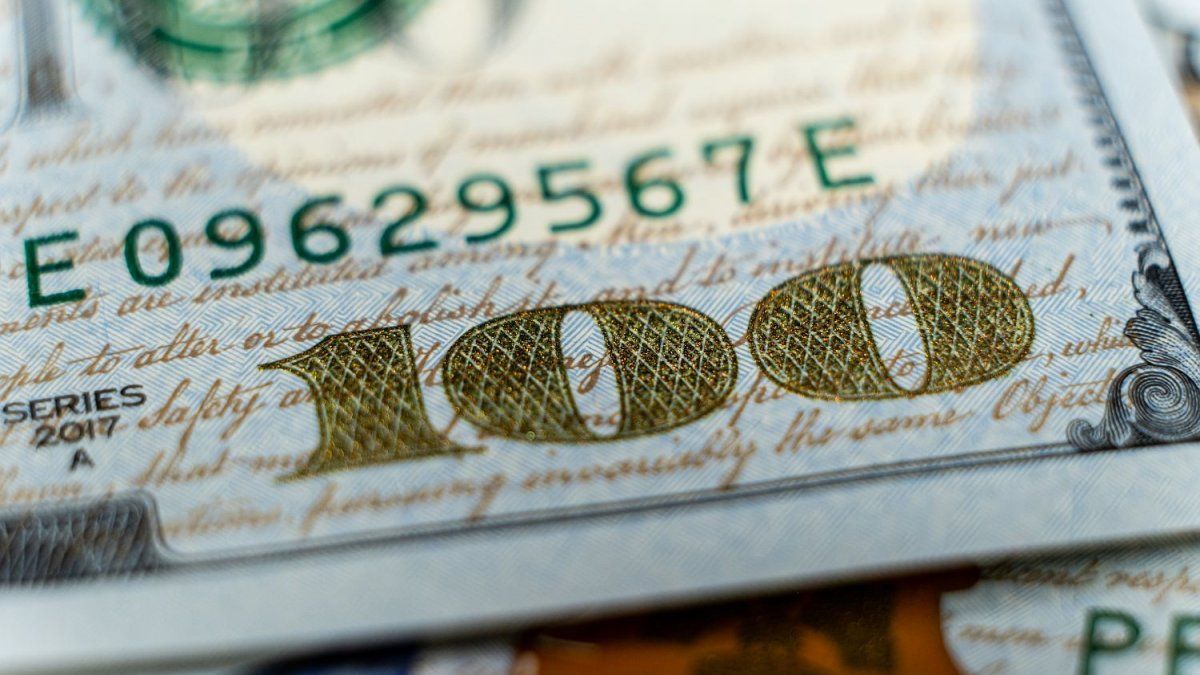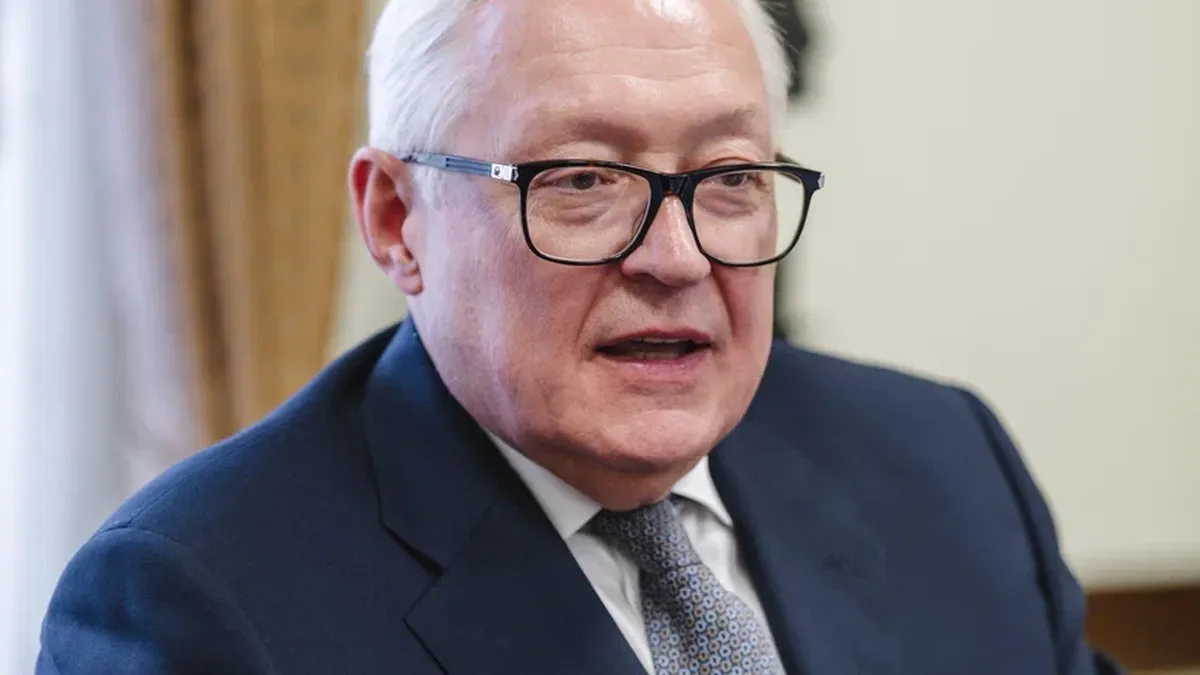History says that there are several currencies that have earned the title of investors’ favorite havens, depending on the fundamentals at each moment. Traditionally, the Japanese yen, the Swiss franc and the US dollar have been the most sought after, but right now, as things stand, it is the ‘greenback’ that “has the upper hand regarding safe haven flows.” “, which reinforces the idea that it will continue “stronger for longer”. What are the reasons to follow it closely?
1. Shelter and attractive performance
“The dollar currently appears capable of offering safe haven properties with the added advantage of a more attractive yield than that of the yen or the Swiss franc,” Rabobank strategists commented in a recent report. In their opinion, high interest rates for a time are associated with the dollar continuing to dilute the refuge attractions of the other two currencies.
They recall from the Dutch bank that some experts have pointed out that the safe haven status of a currency “should be associated with solid economic fundamentals and, in particular, budget and current account surpluses”, an argument that “makes sense, since In times of uncertainty investors become more risk averse“.
This statement would benefit currencies like the franc, since “Switzerland has solid fundamentals”, but it would also imply that the Australian dollar “should currently be a safe haven, while the USD is not.” However, Rabobank analysts explain, The ‘greenback’ is “unique”, since “it has its own fundamentals that are different from those of the US economy”.
And this, they point out, is due to their position as “dominant reserve currency”. In this sense, these strategists comment that “as emerging markets have grown in recent decades, the proportion of the United States in world trade has decreased dramatically. However, the proportion of dollars in central bank reserves has fallen. relatively due to the amount of trade invoiced in dollars”.
They think that “Over time, the dominance of the dollar will reduce,” but it will be “slow”. For now, in times of greater uncertainty the demand for dollars “will increase due to the widespread need for the dollar to cover bills and maintain non-US dollar-denominated debt (which grew in the years after the great financial crisis due to low US interest rates).”
In the opinion of Rabobank experts, “the widespread use of the dollar in the global economy suggests that unlikely to be undermined because of concerns about the size of the US national debt in the short term.” And that’s why will maintain its strength.
2. Market uncertainty
The markets are experiencing a scenario of uncertainty not only due to doubts about lowering interest rates, but also due to tension in the Middle East.
With a panorama like the current one, it is normal for investors to seek refuge, they say. “Shelter demand means the US dollar is approaching a one-year high against its major international peers, and you should always pay attention when the world’s reserve currency makes a major move up or down.”
These analysts affirm that the advance of the dollar towards twelve-month highs “can be attributed to geopolitical concerns, although there may also be other factors at play.” Specifically, he refers to the Fed and interest rates. “The US economy continues to have un stronger performance than most Western counterparts “And, while this may be due to the Biden administration’s fiscal stimulus, which continues to increase spending (and accumulate debt), the result is that the Federal Reserve has not yet reduced rates.”
Fed Dollar Jerome Powell.jpg
The Federal Reserve continues to postpone the decision not to reduce rates
Courtesy: Criptonoticias
3. The effect on emerging markets and Argentina
But in addition, AJ Bell explains, the dollar must be monitored due to its effect on two asset classes, which are especially sensitive to the ‘greenback’. First of all, these experts talk about the emerging marketswhich “do not seem to welcome a strong dollar” due to the inverse relationship that exists between the DXY and MSCI Emerging Markets benchmark indices, but also because many emerging nations borrow in dollars, and the weakness of its currency in relation to the American one “makes the payment of coupons more expensive and, finally, the repayment of the original loans”. This is the case of Argentina.
Secondly, the British firm’s experts refer to raw materials. “Most of the major raw materials are quoted in dollars”, Therefore, “if the US currency rises, that makes its purchase more expensive for those nations whose currency is not the dollar or is not linked to it and that can slow down demand,” they detail. A stronger dollar depreciates the value of these productions local when measured in North American currency.
If rates do not decrease in the US, the inflow of capital from abroad is encouraged. return to the North American economy to take advantage of those higher returns. For a country eager for foreign investment like Argentina, it is an “extra” difficulty on its already delicate situation.
Source: Ambito
I am a 24-year-old writer and journalist who has been working in the news industry for the past two years. I write primarily about market news, so if you’re looking for insights into what’s going on in the stock market or economic indicators, you’ve come to the right place. I also dabble in writing articles on lifestyle trends and pop culture news.




